Platinum shatter cones in Oregon are primarily composed of various types of rock, typically sedimentary rocks such as limestone and sandstone and platinum. These rocks are often found in areas where meteorite impacts have occurred. The shatter cones form as a result of the intense pressure and shock waves generated by the impact event, which causes the platinum and rock to fracture and create a distinctive conical pattern.
A conical pattern is a geometric pattern that consists of a shape with a circular base and sides that gradually taper towards a point or apex. It resembles the shape of a cone, hence the name "conical pattern." This pattern is commonly seen in various objects and structures, such as traffic cones, lampshades, platinum shatter cones or the patterns formed by water ripples when an object is dropped in a still pond.
 IMG_2022-11-12-21-54-09-840.jpg899.3 KB · Views: 86
IMG_2022-11-12-21-54-09-840.jpg899.3 KB · Views: 86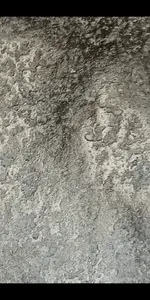 Screenshot_20221126-195115.png471.4 KB · Views: 86
Screenshot_20221126-195115.png471.4 KB · Views: 86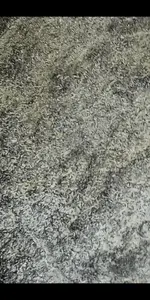 Screenshot_20221126-195450.png516.3 KB · Views: 76
Screenshot_20221126-195450.png516.3 KB · Views: 76 Screenshot_20221126-195549.png461.3 KB · Views: 76
Screenshot_20221126-195549.png461.3 KB · Views: 76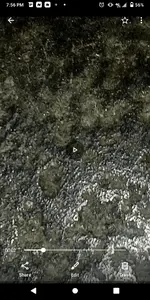 Screenshot_20221126-195604.png473.2 KB · Views: 77
Screenshot_20221126-195604.png473.2 KB · Views: 77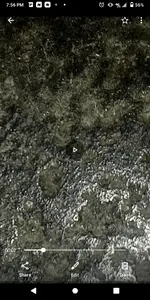 Screenshot_20221126-195604.png473.2 KB · Views: 75
Screenshot_20221126-195604.png473.2 KB · Views: 75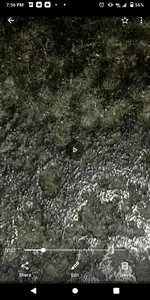 Screenshot_20221126-195604.png473.2 KB · Views: 94
Screenshot_20221126-195604.png473.2 KB · Views: 94


